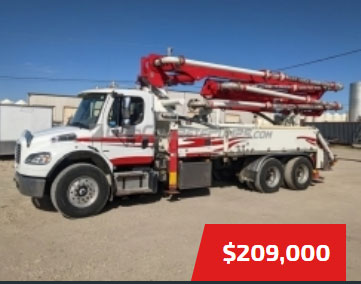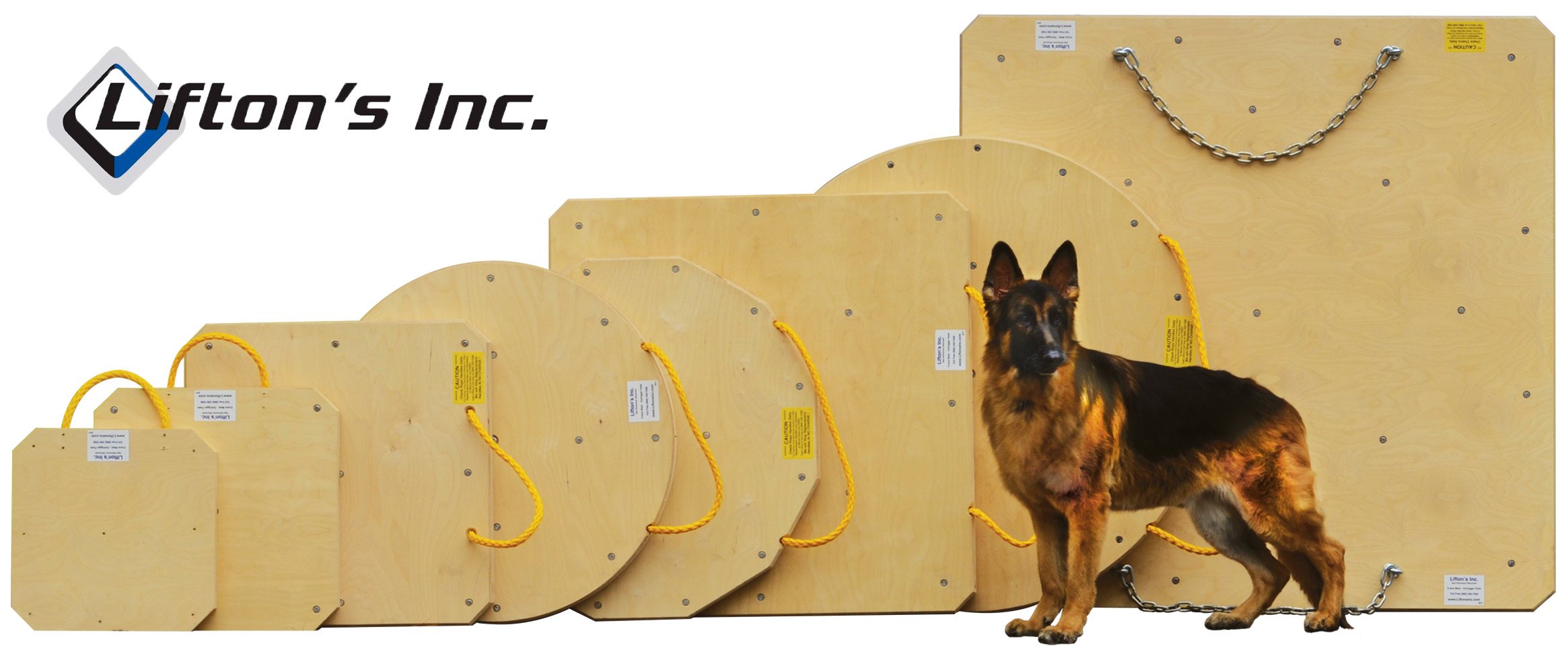| Terry H | 07-28-2008 | comment profile send pm notify |
|
Hey everyone Pump safe, |
||
| Bob | 07-28-2008 | reply profile send pm notify |
|
Wind load is a real issue in some parts of the country. I do not know how important it is in this particular area. As best I can tell from the pictures, the pendant lines would not clear the formwork if the boom was rotated away from the structure. [I would like to know if that is the case, please] Is there a manual device, like a Schwing 42m placing boom uses to release the brake and allow the boom to ‘weathervane’ in a high wind condition? Does the ‘detachable’ hardware increase the overall height of the unit in its road ready configuration? Your project and equipment is the most innovative thing to hit the concrete pumping industry in some time; congratulations. This should go a long way to convincing some of the doubters. Mr. Young and the KCP team are out there getting it done! |
||
| joey | 07-28-2008 | reply profile send pm notify |
|
So, does the boom split for fly away and what is the total weight of the boom? How high can you go with the tower, that seems important since it would seem there is no way to tie off the tower to achieve extreme heights. Joey. |
||
| Terry H | 07-28-2008 | reply profile send pm notify |
|
Good question Bob. Reno, (particularly in the mountains) has very high wind speeds. They can experience speeds of over 120 miles/hour. The placing boom is designed to withstand 120 when not in operation, but over 100 mph the customer will tie the boom to the deck. The contractor can not pour at any more than 30 mph to prevent concrete cracking. The falsework on the bridge is engineered for 88 mph. So presumably the bridge would go before the tower. The tower will be moved up to 40 times over the next 18 months, and each set up may be slightly different. In this case they wanted as much reach as possible so the tower is very close to the bridge deck. Therefore they can only slew about 230 degrees. In other situations(where they are set up between two bridges) they can slew 360 degrees. There are slewing stop switches that can be set at any angle, but yes in this case the pendant lines would touch the bridge deck. Our boom does not weathervane. When not in use, we point the boom away from the wind as much as possible. Tower cranes weathervane partly because of high wind loading as there are always fully extended. When a boom is folded up it creates much less load. The detachable horsehead is exactly the same height as the origional piece, still under 13 feet 6 inches, but 1200 pounds heavier. The boom and pendant arm are 59,000 pounds and are designed to fly together. Unless you don't have enough crane, you need not split the boom. The tower right now is at 45 meters and capable of 65 meters in height. Thanks for your question Joey Have some fun with this: A bug is flying down the road at 12 mph and hit a cars windshield head on travelling toward him at 70 mph. How long does he actually stop before changing direction? Terry
|
||
| zxazxa | 07-28-2008 | reply profile send pm notify |
|
great project terry, this is what we call innovation!!! |
||

_1.png)


















.jpg)
.gif)

.jpg)









.jpg)








